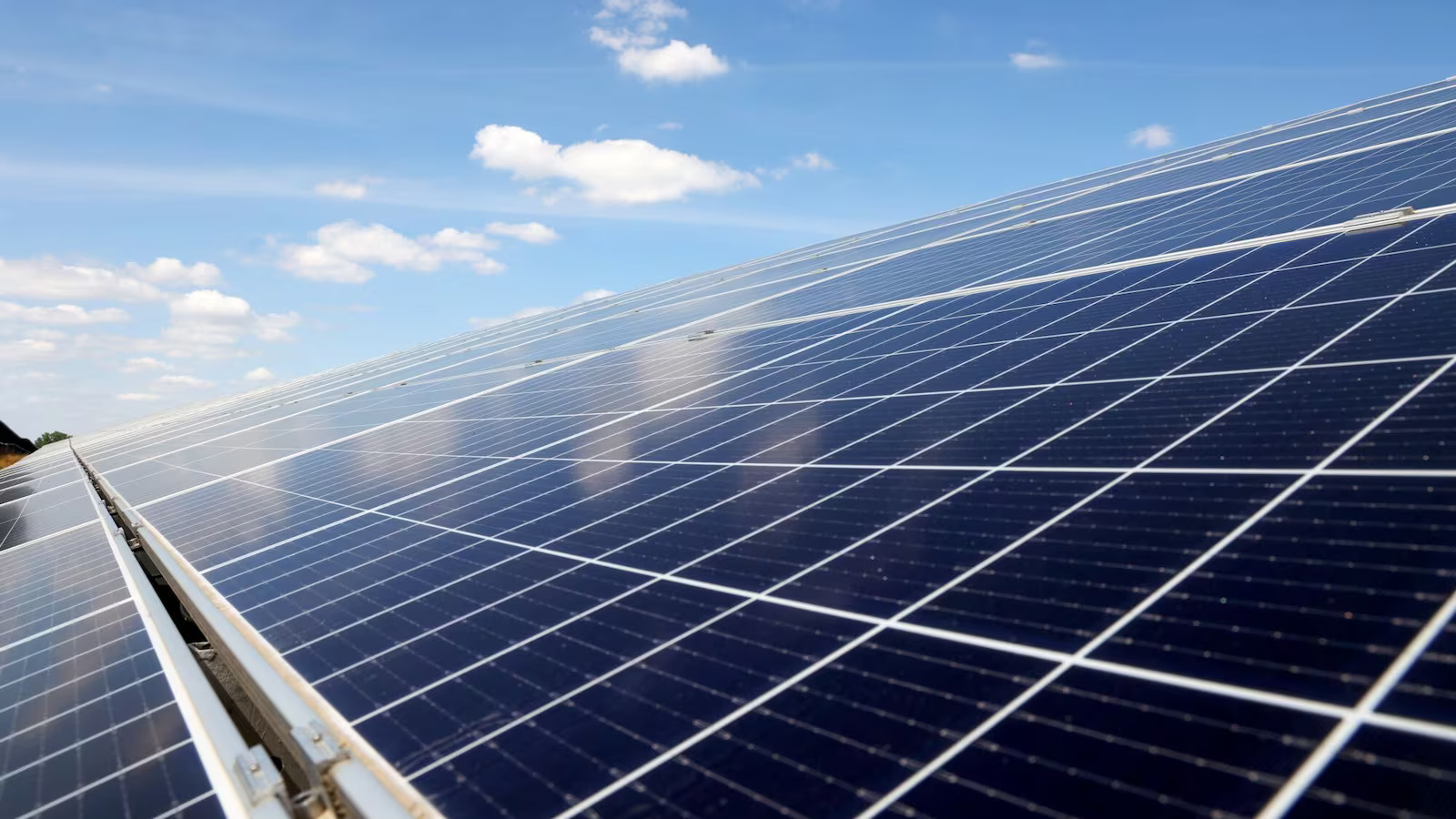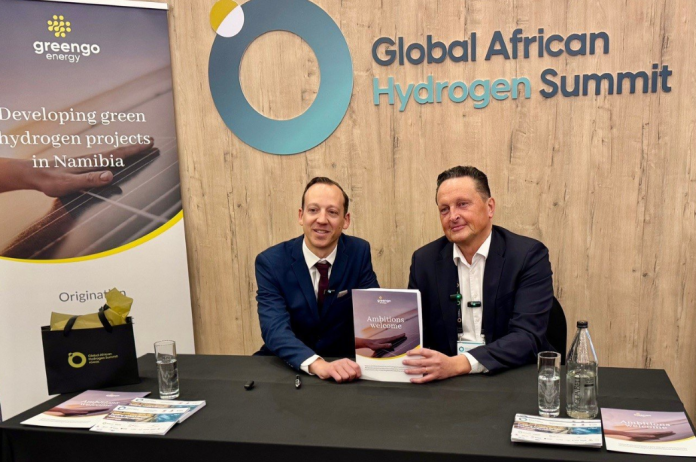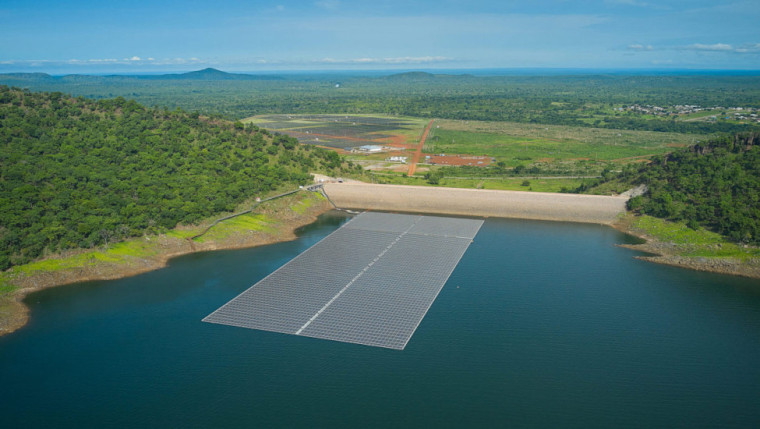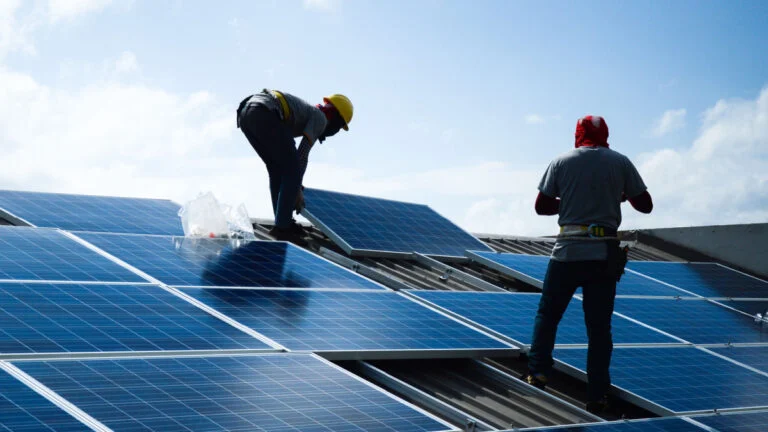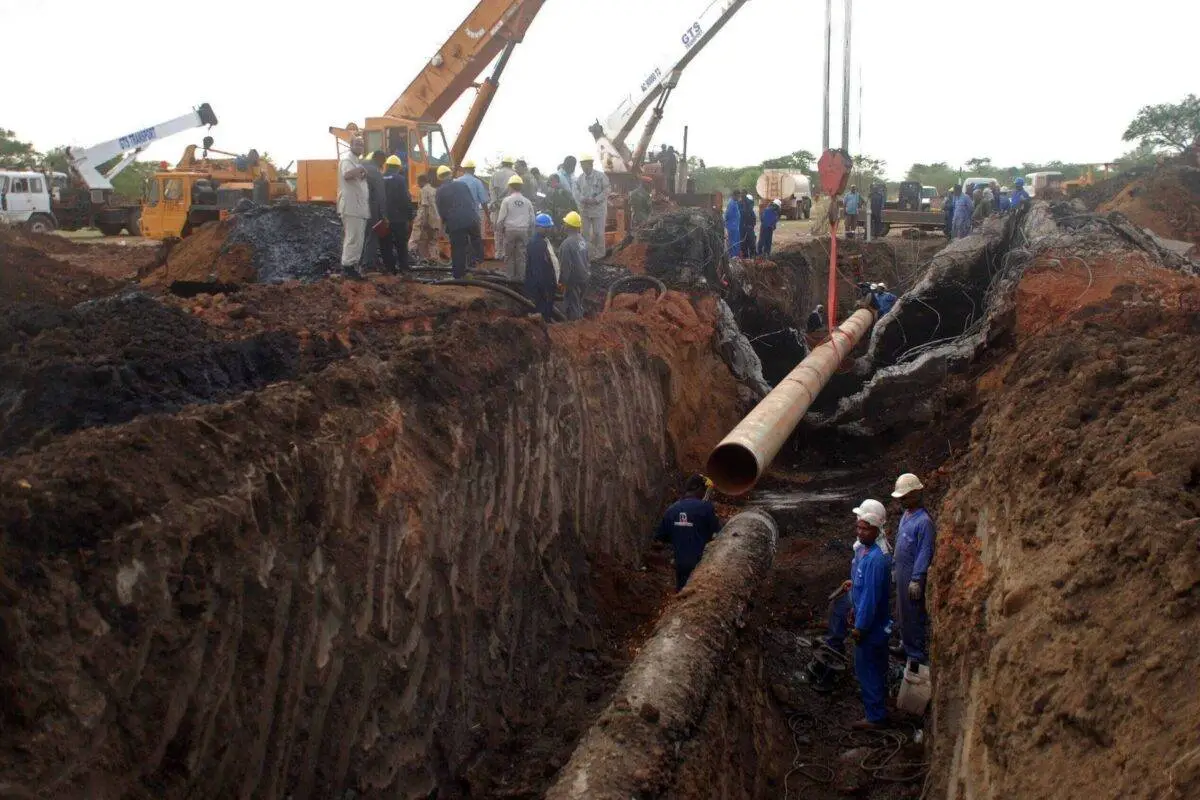Generation

Tanzania’s success in expanding electricity access
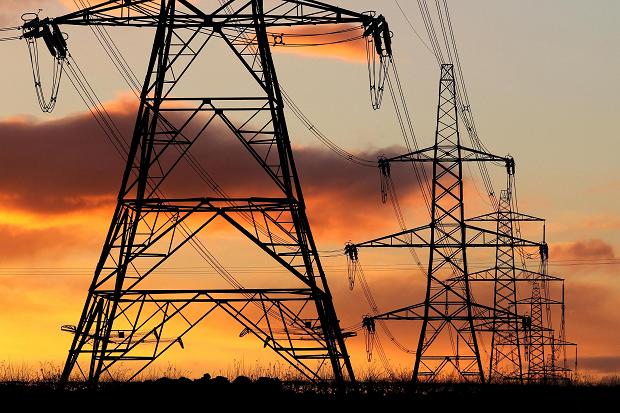
TANZANIA is emerging as a success story in Africa’s eff orts to enhance electricity access, with nearly all of its villages now connected to the national power grid.
Speaking to journalists ahead of the Africa Energy Summit in Dar es Salaam, Government Chief Spokesperson and Permanent Secretary for the Ministry of Information, Culture, Arts and Sports, Mr Gerson Msigwa, noted the signifi cant strides made in extending electricity to rural areas.
He said that this increased access is not only improving social services but also boosting economic activities such as trade and commerce.
Th e Africa Energy Summit, scheduled for January 27-28, this year, at the Julius Nyerere International Convention Centre (JNICC) in Dar es Salaam, is co-organised by the World Bank and the African Development Bank Group (AfDB).
The summit aims to accelerate electricity connectivity across the continent, targeting the 300 million Africans still without access to electricity out of a total of 685 million people.
Mr Msigwa said that, from 2020 to 2024, the Tanzanian government connected 12,278 out of 12,318 villages to the national power grid, representing an impressive 99.7 per cent of the total number.
In addition, 32,827 hamlets, or about 51 per cent of the country’s total 64,359 hamlets, have been electrified. Th is milestone is seen as a transformative development that is helping to uplift the country’s rural areas.
“This significant achievement in supplying rural areas with electricity has improved social service delivery in sectors such as health, education and business,” Mr Msigwa said.
“More than 12,905 health and educational institutions have been connected, greatly enhancing the provision of public services.” In an interview with ‘Daily News,’ the Director of Rural Electrification at the Rural Energy Agency (REA), Engineer Jones Olotu, explained that the agency has been implementing an ambitious five year plan to electrify all villages in Tanzania.
This plan is aligned with the country’s Th ird National Five-Year Development Plan (FYDP-III 2021/2022– 2025/2026), which supports the goal of transforming Tanzania into a middle-income, semi-industrialised economy by 2025.
The electrification initiative also aligns with the summit’s “Mission 300,” which aims to provide electricity to 300 million Africans by 2030.
Th e Mission 300 Africa Energy Summit stands as a monumental milestone in the ongoing global eff ort to address one of the most significant challenges facing Africa today: Achieving universal access to energy.
Mission 300 holds particular importance because it is not just about providing electricity; it is about creating the foundation for economic transformation.
Eng Olotu explained how electricity in rural areas has led to increased income for households, with new businesses such as shops, kiosks, restaurants and hair salons opening up as a result.
He said electricity has made life easier by enabling activities like lighting, phone charging and radio listening.
Th is has extended working hours and businesses can now operate during the night. Electricity has also positively impacted education by allowing students to study after dark, which is improving academic performance across the country.
Looking ahead, the REA’s next focus is to ensure that electricity reaches all hamlets and households.
According to the agency’s plan for the 2024/2025 financial year, the target is to connect an additional 20,000 hamlets at an estimated cost of 6tri/- over the next five years.
REA aims to connect 4,000 hamlets annually as part of this ambitious plan. As part of the broader national electrification effort, the Third National Five-Year Development Plan targets ensuring 60 per cent of all households are connected to electricity by the end of the 2025/2026 financial year, up from 40 per cent in 2021/2022.
Mr Olotu also praised the government’s ongoing eff orts, such as the development of the Julius Nyerere Hydropower Plant (JNHPP), which is expected to add 2,115 megawatts (MW) to the national grid once completed.
Th is project is crucial for stabilising the country’s electricity supply, even during dry seasons. Musoma Rural Member of Parliament (MP), Professor Sospeter Muhongo, also shared his positive experience, noting that all 68 villages in his constituency are now electrified, along with 274 out of 374 hamlets, or 73.3 per cent.
In Shinyanga Region, Mr Peter Nzema, a resident of Bukumbi village, expressed his gratitude for the connection of his rural community to the power grid. Bukumbi village was electrified in 2023, ending over fi ve decades without power.
Mr Nzema explained that prior to electrification, economic activities in the village were stagnated, with no factories or businesses.
However, with electricity now available, a local investor has established a maize mill and residents are beginning to open small businesses such as salons and shops.
“Th e electrification of our village is just the beginning of a transformation we’ve long hoped for,” Mr Nzema said, although he noted that there has been a slow pace in connecting households. “We are ready to pay for the service, but the electricity has not yet reached all residential areas.”
He added that if REA extends electricity to households, it would allow small farmers, including himself, to use electricity for irrigation, improving their crop yields and reducing their reliance on costly diesel-powered generators.
Dr Hildebrand Shayo, an economist and investment banker, emphasised the economic benefi ts of rural electrification. In his ongoing research on the economic impact of rural electrification in Tanzania, Dr Shayo found that the number of shops per 1,000 people in electrified villages is 4.28, compared to 3.43 in non-electrified villages a 25 per cent difference.
He also noted that electrified villages experience much greater levels of institutional development, improved living standards and a reduction in rural-urban migration.
“Electrification is a catalyst for increased industrial and agricultural production, job creation and overall economic development,” Dr Shayo concluded.
“It significantly improves the general standard of living in rural areas and promotes long-term, sustainable growth.” Th e government has over the years been making substantial efforts to scale up access to clean and sustainable electricity for Tanzania’s population, focusing on leveraging renewable energy, improving grid infrastructure and expanding off – grid solutions.
Such eff orts include the National Electrification Programme (NEP), which is one of the core strategies launched by the Tanzanian government to expand electricity access nationwide.
The NEP was designed to achieve universal electricity access by 2035 and aims to address the energy access gap both in urban and rural areas.
Key elements of this programme include — grid expansion by extending the national grid to underserved and rural areas by constructing new power lines and substations.
This is crucial for connecting rural communities to a reliable power supply. The NEP also emphasises the development of off -grid electricity solutions in remote areas where grid extension is economically unfeasible.
This includes solar home systems, mini-grids and other renewable energy solutions.
Another NEP element is to encourage collaboration with the private sector to scale up the distribution and installation of energy systems.
The government works with international donors, financial institutions and private companies to finance and implement electrification projects. It is well understood that energy is a key enabler of economic development and industrialisation.
In Africa, the lack of reliable electricity hinders the creation of jobs, stalls industrial development and undermines businesses. Inadequate energy supplies limit the ability of industries to operate efficiently, especially in sectors like manufacturing, agriculture and services.
Access to energy powers small businesses, enhances productivity and provides a catalyst for larger-scale industrialisation.
Reliable power sources enable new industries to emerge, such as in agriculture, where energy is essential for irrigation, food processing and refrigeration. Th e energy sector itself also off ers vast potential for job creation, from renewable energy installations to maintenance and management of energy infrastructure.
As Tanzania continues its journey to ensure universal access to electricity, the country is setting a positive example for the rest of Africa, demonstrating how electrification can be a powerful driver of social and economic transformation.
However, while Tanzania has made significant progress in scaling up access to clean electricity, challenges remain. Among the key issues are financing. Ensuring continued financing for large-scale electrification projects, particularly in rural areas, is a major concern.
Despite eff orts by the government and development partners, investment in infrastructure needs to be scaled up to meet the growing demand for electricity. The country also needs to expand and modernise the grid infrastructure to meet the needs of a growing population.
This includes upgrading transmission lines and addressing technical inefficiencies that lead to power losses.
Tanzania also needs to enhance energy affordability. For many Tanzanians, even when energy is available, it may not be affordable.
Providing affordable energy solutions, particularly for rural communities and low-income households, remains a challenge that requires innovative financing mechanisms and policy interventions.
Scaling up access to clean electricity in Tanzania is critical for its economic development, poverty reduction, and environmental sustainability.
Th e country’s energy strategy, combining renewable energy development, public-private partnerships, off -grid solutions and international support, offers a roadmap to achieving universal electricity access.
With projects like solar home systems, mini-grids, hydropower plants and the National Electrification Programme, Tanzania is on the right path to improving the lives of its people and fostering long-term development.
Despite challenges, ongoing eff orts in Tanzania represent a model of how a developing nation can scale up clean energy access and work toward a sustainable, electrified future for its population.
With continued investments, innovations in technology, and global partnerships, Tanzania stands to overcome its energy access barriers and create a more prosperous, energy-secure future for all its citizens.




